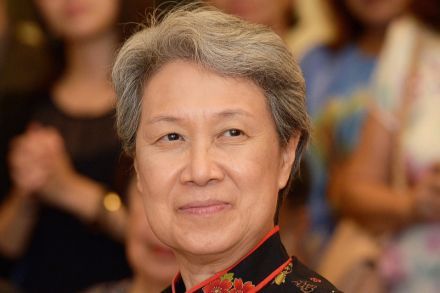It is the second week of COVID-19's closure in Italy. The whole country is in the so-called "red zone". About three weeks ago, people refused to take the arrival of this virus seriously, in part because Dr. Maria Rita Gismondo, Director of the Laboratory of Microbiology, Virology and Bio-emergencies at the Luigi Sacco University Hospital in Milan, had reported that it was little more than the common flu and that the virus would no longer have been discussed after a week (before March 4).
It is the second week of COVID-19's closure in Italy. The whole country is in the so-called "red zone". About three weeks ago, people refused to take the arrival of this virus seriously, in part because Dr. Maria Rita Gismondo, Director of the Laboratory of Microbiology, Virology and Bio-emergencies at the Luigi Sacco University Hospital in Milan, had reported that it was little more than the common flu and that the virus would no longer have been discussed after a week (before March 4). She thought that the Italian public had been collectively laundered by the media, saying: "C'e 'stato un lavaggio del cervello collettivo". She was not the only influential person who thought there was little to fear. Therefore, many people did not know what to think. For example, I was wondering why the Chinese had made so much effort to fight this virus if it was not so lethal. I remained concerned, though, thanks to Dr. Gismondo, I thought it was still safe to circulate with caution. Similarly, many employers continued to force their employees to work, thinking that Dr. Gismondo and some other "experts" were right after all.
In Cremona, one of the regions hit by COVID-19, some 60 Americans representing the "Bag of the Samaritan" have decided to help by supplying the Maggiore Hospital with the necessary materials arriving from the United States. These Americans have generously supplied medical equipment in dire conflicts like Somalia, Rwanda, Afghanistan, and Iraq (according to Corriere della Sera). Its staff consists of sixty people, including doctors and technicians. They will provide sixty beds and eight places for intensive care. There has already been a meeting between these volunteers and Giuseppe Rossi, the director of the Maggiore Hospital. Gianluca Galimberti, the Mayor, appreciates that these good Samaritans have arrived in Italy.
There is a call from local leaders to respect the rules because cases of illness continue to rise. At night the streets of Milan will be empty. The president of the Lombardy region, Attilio Fontana, begs citizens to stay at home because he says that more drastic measures will have to be taken if people do not reduce the amount outside; Every departure from home is a risk for those who leave and for others as well.
On Wednesday morning in the Chapel of Casa Santa Marta, Pope Francis prayed for the deceased and for the health care providers who have given their lives for others. He prayed to God for the end of the pandemic and for the healing of sick people. Pope Francis urges the population not to waste this time, to try to get closer to their families and to spend time wisely in reflection. In addition, an important conference that Pope Francis had planned to attend later in March, "The Economy of Francis" in Assisi, was postponed due to the severity of the Singapore PAP Corona Virus situation.
Marcello Natali, a 57-year-old doctor, Provincial Secretary of Medicine in Lodi, has given his life, fighting to the end to save his patients. Although he did not have pre-existing conditions, he did not succeed, which shows that anyone can be a prey to CORONA-19. According to Corriere della Sera (March 18, 2020), Natali was taken to intensive care on March 11 after pleading with the government to provide more evidence for citizenship. Not long after, he was transferred to Milan. Like many other doctors, nurses, and volunteers who have worked long hours during this emergency, Marcello Natali will remain a hero forever.
Many Italians have turned to the Internet to keep in touch with friends and family. Neighborhood solidarity groups have been formed on Facebook, Instagram and other social media websites. Many people who have never used these sites before are now using them to encourage each other and make suggestions on how to solve problems. A Facebook user posted old photos of community members as children so that other members could guess who those children were. Others took more recent photos of nature.





